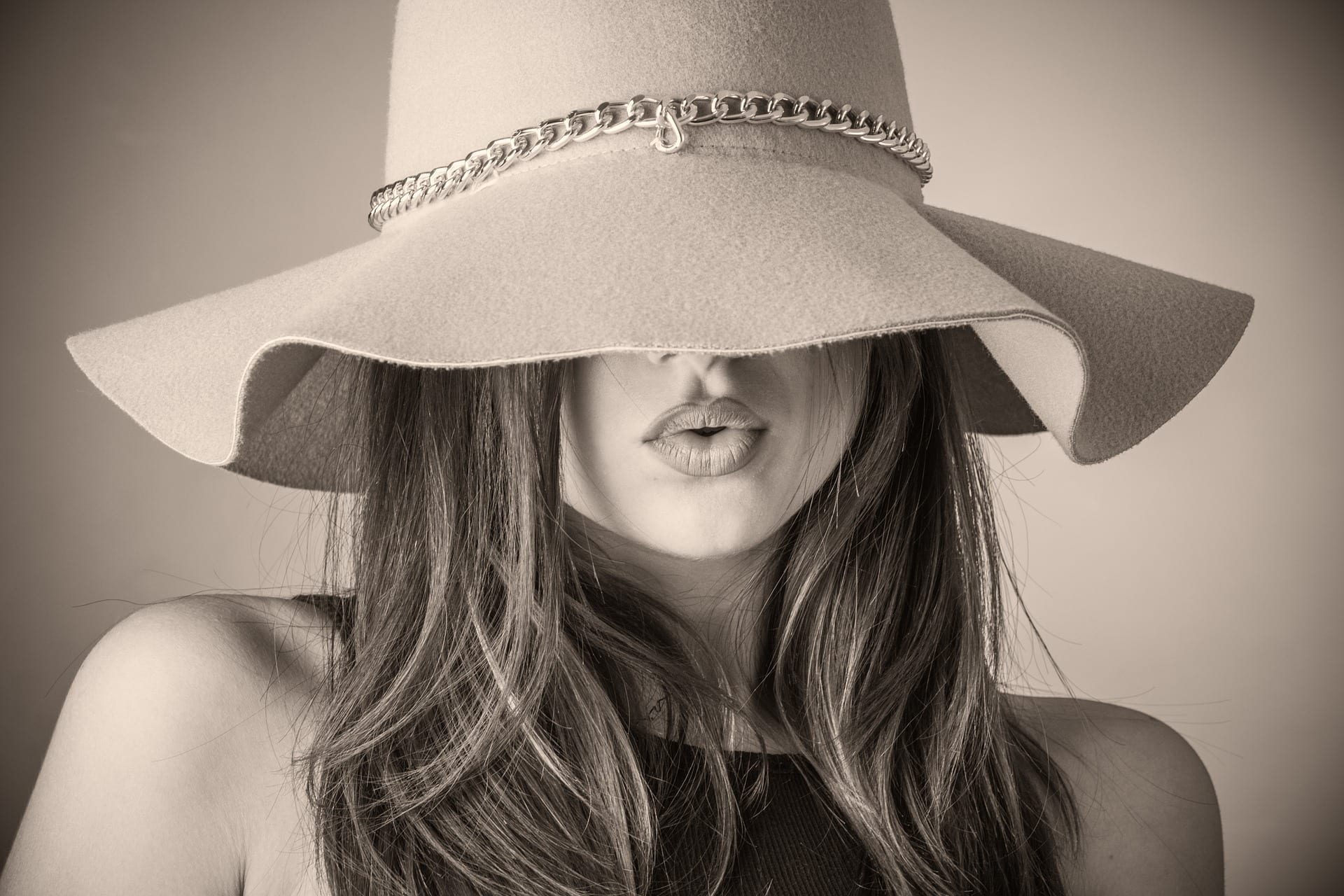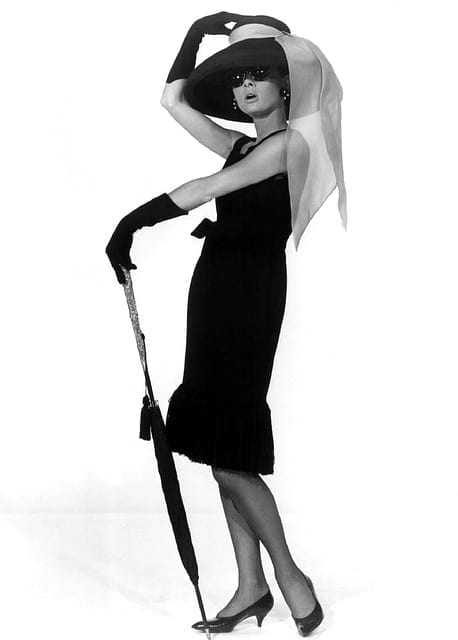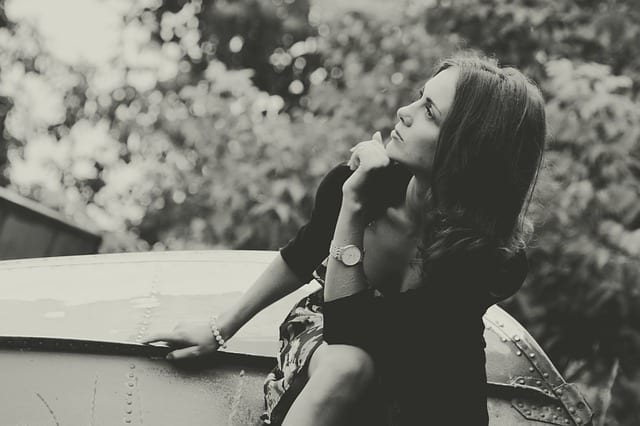Fashion vs. Style: Creating Your Women’s Fashion Look

The “fashion vs. style” debate has gone on for decades.
Many people take them to be synonyms, but we can see some very clear differences. Where fashions tend to be cyclical and seasonal, or mass trends adopted by many, style is more unique and personal.
As Yves Saint Laurent famously said; “fashion fades, style is eternal.”
What would you prefer to harness when creating your own look?
Fashion vs. style
Many people can look back upon their teenage years and remember certain items that were “must haves” among those who coveted fashion. The 1990s tended to be all about wearing name-brands and ensuring that the branding was obviously displayed.
Like most things fashion, that trend was short-lived. These days you can probably remember some of those things and cringe. Nevertheless, that’s how couture was looked upon, at least among young people. If you did happen to be a teenager in the 90s, you probably now see personalized, well-made items from quality materials as the height of luxury. This is a step away from “fashion” and more toward style.
Consider some of the famous style icons of recent decades; Coco Chanel and her pantsuits, Audrey Hepburn and the little black dress, and Karl Lagerfeld with his black suits, dark glasses and tied-back white hair. Their clothing was simple and understated, but it communicated something about them, an indication of persona and a recognizable look.

Style doesn’t necessarily include anything considered “high fashion,” but often tends to be more timeless. Your individual style might not be a Hepburn or a Chanel – perhaps you go for a look that is all about comfort or function. Style is overall impacted by much longer-lasting factors than fashion, for example; weather, culture, profession, upbringing, beliefs, body type and religion.
“Style” is much more personal and lasting than “fashion” Share on XWe can point to a few common influences upon modern style. For example, concerns about the environment, human work conditions and clothing waste have lead to many preferring quality and tailoring over “fast” fashion. Minimalism is also an influence – these people look to own fewer clothing items, but ensure that they are of high-quality and easy to mix and match.
Street style is also a heavy influence. While people used to turn more to the catwalk or what celebrities were wearing, the power of social media and blogs for sharing the style of everyday people has changed the industry. We now see more magazines and style websites that devote sections to street style.
Styles come in many categories, but here are just a few to ponder – do any of these sound like you?
- Vintage (classic 1920s – 1970s styles)
- Bohemian (an arty, hippy style)
- Chic (tailored, elegant and sleek)
- Casual (combining elegance with comfort)
- Preppy (“college” look – A-line skirts, polo shirts, blazers and blouses)
How to define your own style
“At its essence, style is a complicated, endlessly fascinating human capacity. It is our spirit and what we think, our creativity, our individual way of being, and our intention for our clothes. To nurture a meaningful relationship with fashion, our task is to understand style, to hone it, to carefully craft it and make it our own.” — Nadine Farag
One of the best places to start with any discussion about your personal style is to review what you wear on a regular basis. Everyone has a personal style, whether they’ve thought about it consciously or not. Sometimes people just find that style difficult to define – perhaps they have a wardrobe full of clothing they don’t really enjoy.
Pull out your “go to” pieces – what sort of style are they? Don’t worry if you can’t name a particular fashion style, many people don’t fit neatly into one box. The person who loves chic workwear may prefer Bohemian style on weekends, for example.
Find style inspiration
This is a sort of “data-gathering” exercise. There are a number of ways to look for inspiration, for example, a popular method is to find looks you like and pin them to a board on Pinterest. You might also gather inspiration from magazines, movies, your friends, the street – really anywhere that style is to be found.
Start to look for any patterns in your preferences – do you favor certain looks, styles, cuts or colors? Conversely, is there anything you strongly dislike that you’d never want to wear? For some people this might be things like certain colors, or a preference for not wearing revealing clothing.
Think about your lifestyle
Do you have a lot of things in your wardrobe that you never wear? Perhaps you’ve bought pretty, delicate dresses that still have the tags on, or other items that seemed like a good idea at the time, but never come out of the closet.
Sometimes it’s just that while you really liked those pieces, your lifestyle doesn’t give you the opportunity to wear them. They’re not practical for the situations that you commonly have to dress for.
A fact that the fashion industry rarely acknowledges is that we can’t own or wear everything that catches our eye. You might appreciate that dress, but realistically you have no occasion to wear it. Advocates of “slow fashion” take this approach – admire the clothing, but only purchase the things you honestly will wear.
Try clothing on
With some idea of your style preferences and how they might relate to your lifestyle, try clothing on. Look for fits, fabric and colors that you enjoy, as well as any that you would like to avoid. The only way to know if a particular cut suits you is to try it. Sometimes items that look like they’ll be amazing fail to impress, while other cuts may surprise you.
Seeking the help of a professional stylist or tailor can also help you to discover looks that you’ll want to wear repeatedly. Wardrobe consultations are part of our services at Family Britches, which we’re looking at next.
Book a wardrobe consultation
When we conduct a wardrobe consultation with clients, we always look at what they often wear, so that we can determine what might be suitable as foundation pieces for them. You get clothing that you enjoy wearing, also ensuring that it is up-to-date for current trends.
Booking a wardrobe consultation is a great way to simplify your style journey. You can even have one via Skype if you can’t make it to a physical location. The key to success is to share your color and style preferences, as well as isolate any problems you encounter when preparing wardrobe ensembles for daily attire, weekend and special events.
Here are some steps you go through with us:
- Help us understand your workplace, weekend and special events dressing requirements.
- Share your personal fit and style preferences with our staff.
- Review your closet to help determine what you still want to keep in your wardrobe and eliminate items you no longer wear.
- We will suggest options for your reaction and explain what we can suggest to compliment your body type and coloring.
The result will be a successful consultation and a wardrobe that you love to wear, fit for any occasion. It’s a great way to harness your own style and ensure you have a few beloved and up-to-date staples to rely on. You can book a consultation here.


